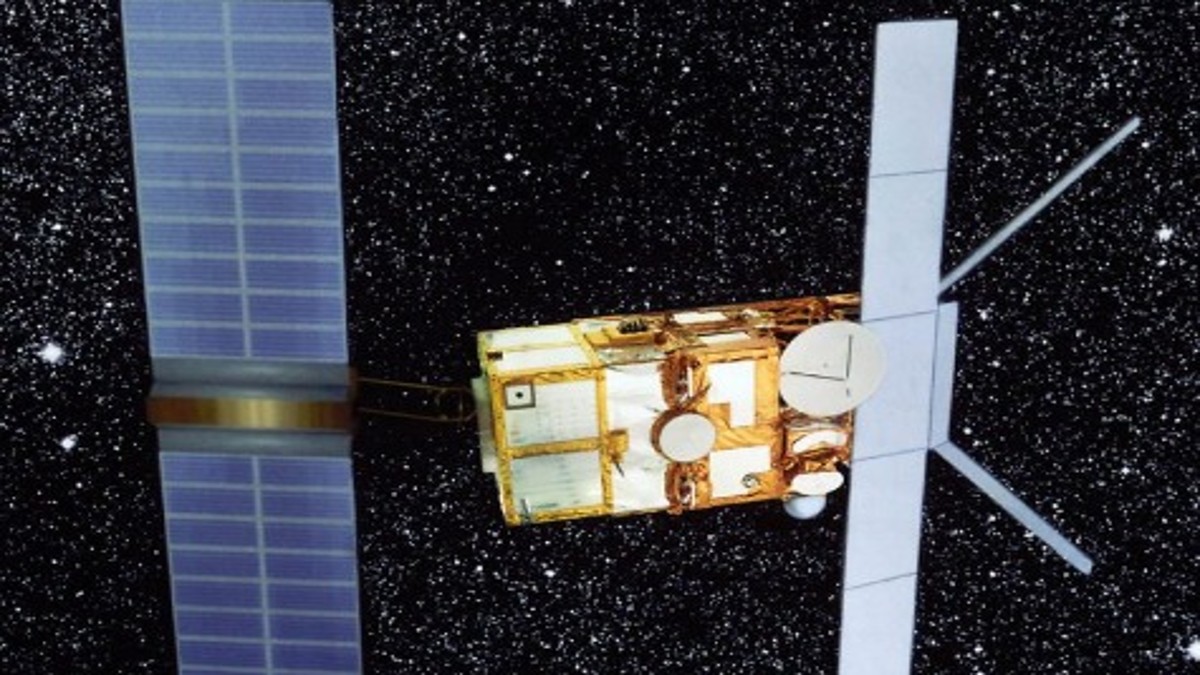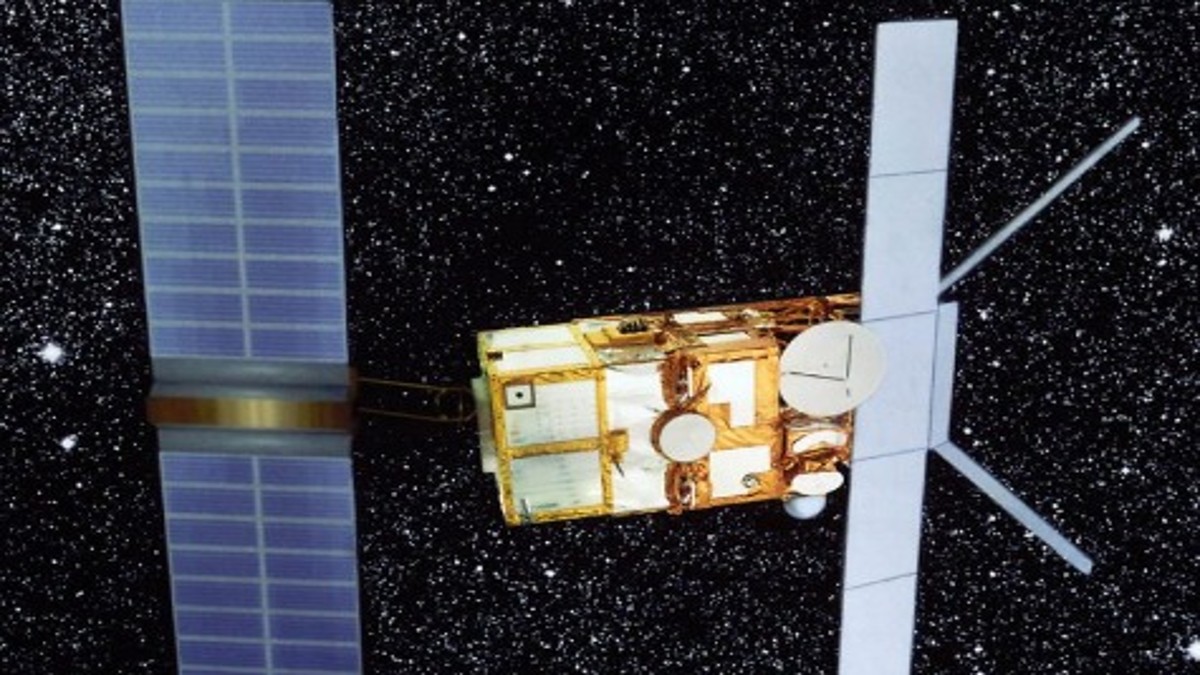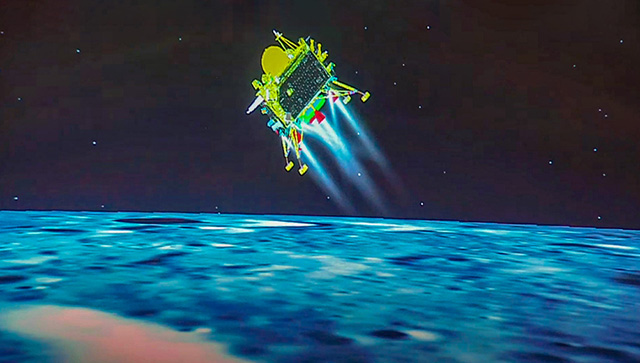An international team of astronomers lead by researchers from the Instituto de Astrofísica de Canarias ( IAC ) have discovered a planet two to three times as massive as the sun, in orbit around a red dwarf star just 21 light years away. The star, GJ625 (Gliese 625) is one of the 100 red dwarfs closest to the Sun. The planet, designated as GJ625b is the sixth closest super-Earth to the solar system, in the habitable zone of the host star. Although red dwarf are the most common type of star in the universe, and are known to be able to host planets, science knows only a few hundred of such planets in orbit around red dwarf stars.
The planet was discovered using the radial velocity technique. The scientists measure the change in the velocity and position of a star, as the star and the planet rotate around the common center of gravity. GJ625b is one of the lightest super-Earths ever detected. Most of the other exoplanets discovered in orbit around red dwarf stars are at a much greater distance, and have been discovered using the transit method, which looks for dips in the brightness of stars as the planets pass in front of the host stars, relative to the Earth.
Jonay González Hernández, a researcher with the Department of Astrophysics Research of the IAC said “In the future, new observing campaigns of photometric observations will be essential to try to detect the transit of this planet across its star, given its proximity to the Sun. There is a possibility that there are more rocky planets around GJ625 in orbits which are nearer to, or further away from the star, and within the habitability zone, which we will keep on combing.”
The planet exists at the very edge of the habitable zone of the star. As the star is much cooler than our sun, the habitable zone is closer to the star. A planet in the habitable zone of its host star can have liquid water on the surface, an essential factor for life as we know it on Earth to thrive. With the right atmospheric conditions, and depending on the rotation of the planet, GJ625b could be habitable. The planet has a very short year because of its proximity to the star, and goes around GJ625 once every fourteen days. Any inhabitants on the planet would be able to celebrate their birthdays with surprising frequency.
25 years ago, man did not know of a single planet outside the solar system. Now, scientists have identified and cataloged more than 3,500 exoplanets.


)




)
)
)
)
)
)
)
)